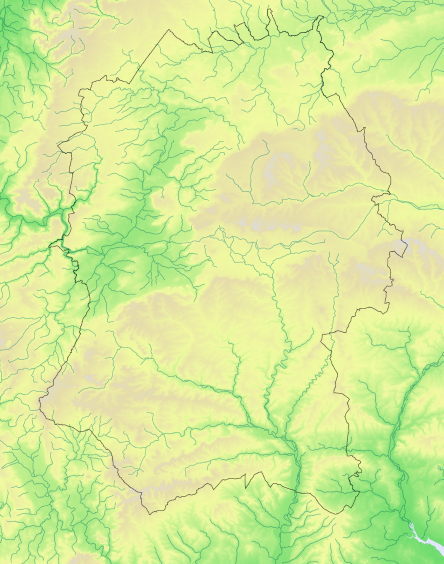Atlas species lists
- Breeding distribution 1995–2000
- Summer abundance 1995–2000
- Winter distribution 1995–2000
- Winter abundance 1995–2000
- Breeding distribution 2007–2012
- Summer abundance 2007–2012
- Winter distribution 2007–2012
- Winter abundance 2007–2012
- Breeding distribution change
- Summer abundance change
- Winter distribution change
- Winter abundance change
More Bewick's Swan maps
- Breeding distribution 1995–2000
- Summer abundance 1995–2000
- Winter distribution 1995–2000
- Winter abundance 1995–2000
- Breeding distribution 2007–2012
- Summer abundance 2007–2012
- Winter distribution 2007–2012
- Winter abundance 2007–2012
- Breeding distribution change
- Summer abundance change
- Winter distribution change
- Winter abundance change
More maps for this atlas
Map explanation
This map shows the winter distribution of the species in Wiltshire as revealed by the fieldwork for Birds of Wiltshire (Wiltshire Ornithological Society 2007).
Key
Status
Nos tetrads

Present
0
0%

Not surveyed
Bewick’s Swans, the Palearctic race of the circumpolar Tundra Swan, breed across the tundra of European Russia. In winter the population, apart from a small proportion that winters around the southern Caspian Sea, splits roughly in half, one part moving to Japan and eastern China and the other to western Europe. 30-40% of the European population winters in the British Isles, with the biggest flocks in East Anglia, and significant numbers also in Gloucestershire and on the Somerset levels. Bird Atlas 2007-11 revealed a sharp drop in numbers in Ireland since the 1981-84 Winter Atlas, with a 90% range contraction. Numbers in Britain fell as well, but not as drastically – the range contraction was 12%.
In Wiltshire the first record of Bewick’s Swan came in 1954 when eight were seen at Fonthill Lake. There were then records in all but four of the years up to 1988, after which there was a bit of a lull, with records in only just over half of the years up to the end of the century. Numbers then picked up again after the millennium, records occurring in most years, often with several reports in the same winter. Few of the individual birds seen stayed for more than a day or two at most and indeed some were seen only in flight and there is no evidence that they actually ever landed in the county.
References
The following references are used throughout these species accounts, in the abbreviated form given in quotation marks:
“1968-72 Breeding Atlas” – Sharrack, J.T.R. 1976: The Atlas of Breeding Birds in Britain and Ireland. T. & A. Poyser
“1981-84 Winter Atlas” – Lack, P.C. 1986: The Atlas of Wintering Birds in Britain and Ireland. T. & A. Poyser
“1988-91 Breeding Atlas” – Gibbons, D.W., Reid, J.B. & Chapman, R.A. 1993: The New Atlas of Breeding Birds in Britain and Ireland 1988-91. T. & A. Poyser
“Birds of Wiltshire” – Ferguson-Lees, I.J. et al. 2007 : Birds of Wiltshire, published by the tetrad atlas group of the Wiltshire Ornithological Society after mapping fieldwork 1995-2000. Wiltshire Ornithological Society.
“Bird Atlas 2007-2011” – Balmer, D.E., Gillings, S., Caffrey, B.J., Swann, R.L., Downie, I.S. and Fuller, R.J. 2013: Bird Atlas 2007-2011: the Breeding and Wintering Birds of Britain and Ireland
“WTA2” – ("Wiltshire Tetrad Atlas 2 ") the present electronic publication, bringing together the Wiltshire data from “Birds of Wiltshire” and “Bird Atlas 2007-11”, together with data from further fieldwork carried out in 2011 and 2012.
"Hobby" - the annual bird report of the Wiltshire Ornithological Society.

